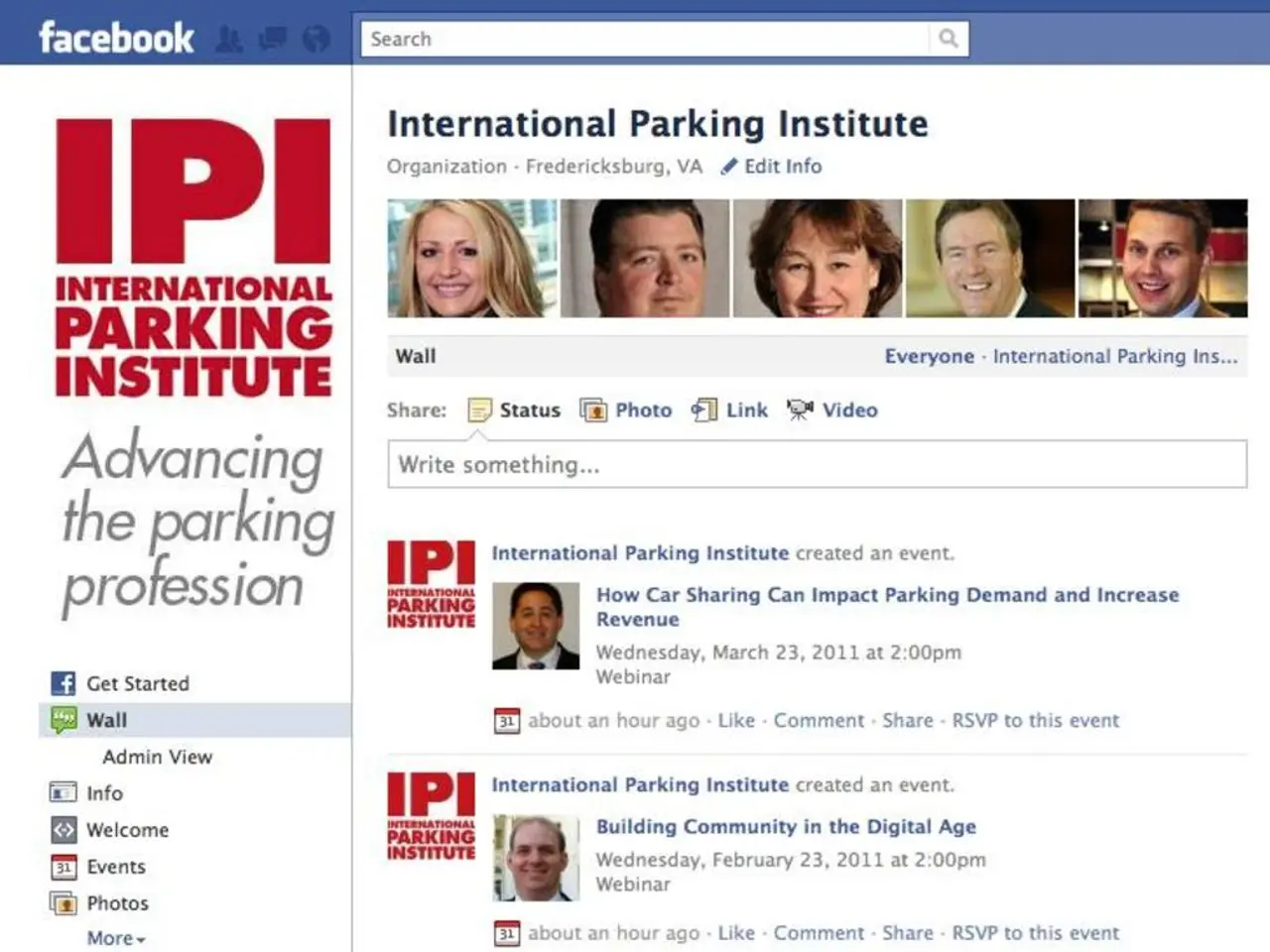Discriminatory Attitudes Towards "Ugly" Individuals Persist, Facing Eight Forms of Bias
In our society, the importance of physical appearance often takes centre stage. However, a closer look reveals that this focus can have far-reaching consequences, particularly for those perceived as unattractive.
Individuals labelled as "ugly" often face a barrage of everyday microaggressions, from strangers avoiding them to unsolicited advice on improving their looks. These seemingly minor incidents can accumulate and have just as damaging an effect on mental health as more overt forms of prejudice.
One area where these biases are particularly prevalent is in media. The consistent portrayal of attractive individuals as heroes, leaders, and desirable partners, while either excluding unattractive people or relegating them to negative or comic roles, reinforces harmful stereotypes.
Many of these discriminatory attitudes stem from unconscious biases, such as the halo and horn effects. The halo effect, for instance, refers to the tendency to attribute positive qualities to attractive individuals, while the horn effect sees unattractive individuals being judged negatively.
These biases extend beyond the realm of media. In healthcare settings, people considered unattractive may face discrimination, leading to dismissive treatment, underdiagnosis, or a lack of empathy from providers. Overweight patients, for example, may be judged as lazy or noncompliant, despite their condition having nothing to do with lifestyle choices.
Similarly, someone with facial differences may find that their health concerns are minimised or overshadowed by assumptions about their appearance.
However, it's important to note that individuals cannot control societal beauty standards. Instead, they can build resilience through supportive communities, self-acceptance, and therapy. Society, too, must challenge the overemphasis on physical beauty and create more inclusive spaces in workplaces, media, and social life.
Recent research by the Swiss Federal Institute of Technology Zurich (ZHAW) sheds light on this issue. The study analysed the impact of aesthetics within extremist propaganda, noting that young people were more attracted by the aesthetic elements (songs, images, videos) than the ideological contents. This underscores the power of appearance in shaping perceptions and attitudes.
In conclusion, while it may be challenging to change deeply ingrained societal norms, acknowledging the impact of aesthetics on our attitudes and behaviours is a crucial first step towards fostering a more inclusive and compassionate society.
Read also:
- Peptide YY (PYY): Exploring its Role in Appetite Suppression, Intestinal Health, and Cognitive Links
- Toddler Health: Rotavirus Signs, Origins, and Potential Complications
- Digestive issues and heart discomfort: Root causes and associated health conditions
- House Infernos: Deadly Hazards Surpassing the Flames








